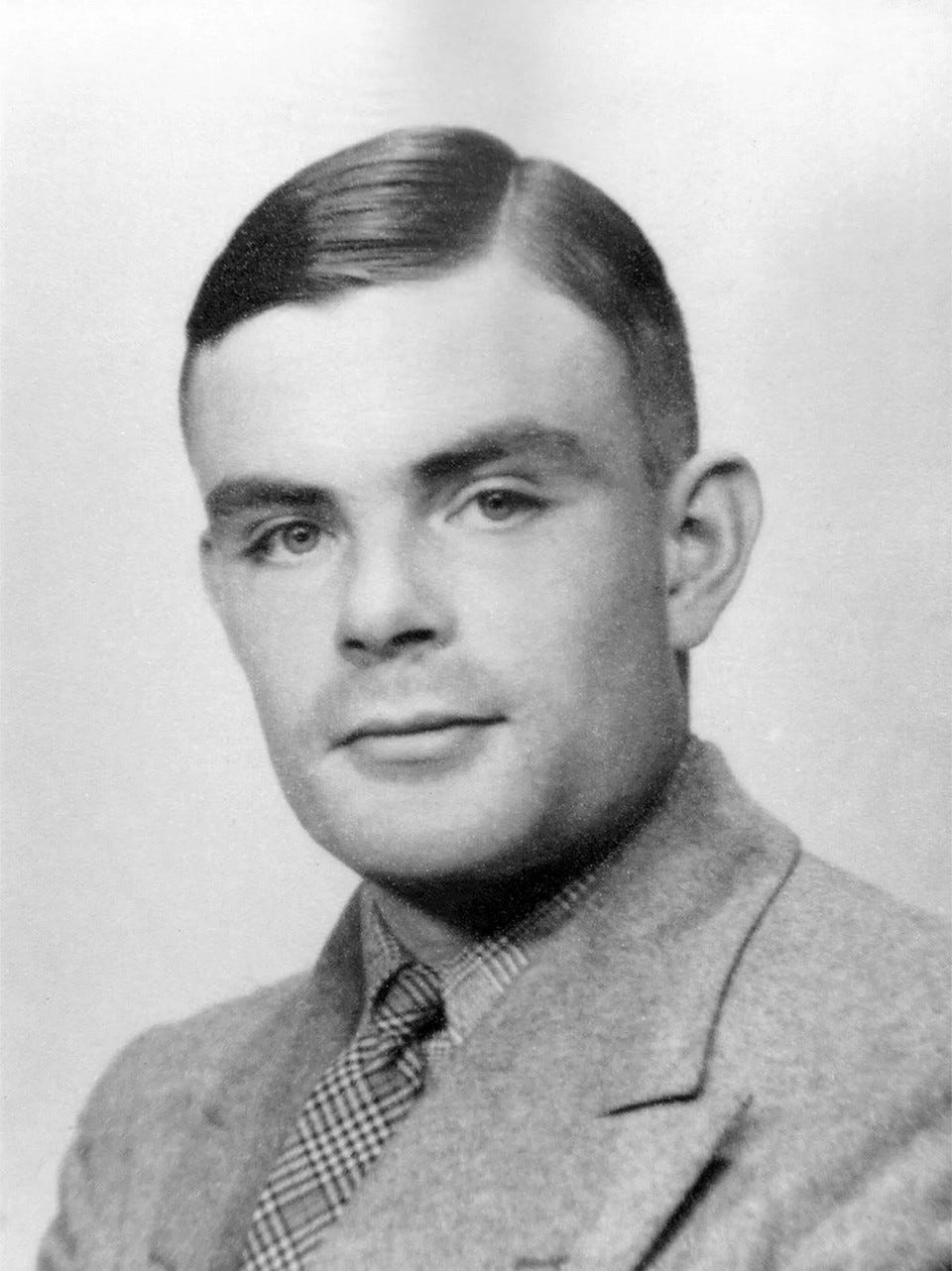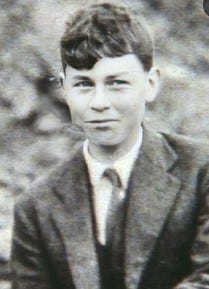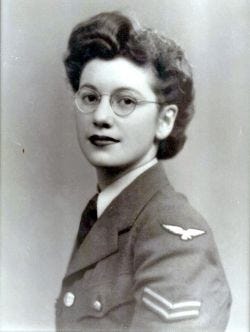Hey everyone,
In November of last year, I tried to get us started on a little round-up called the Too Long; Didn’t Listen, which would cover the highlights of an episode for everyone who was too busy to listen but wanted to be caught up on what was going on.
Of course, then my life sort of fell apart and these quickly fell to the wayside.
But—we’re back! With Niko’s help, we can create these again! (So thank you to everyone who is a paying subscriber who helps me pay Niko!)
So, re-introducing: The Too Long; Didn’t Listen moment!
The summary. The key points. The answer to, ‘okay what is the point of this story?’
We’re all busy! We all listen to a hundred podcasts! Sometimes, you don’t have time to listen but want to know the highlights. So each TL;DL post will go over key dates, what that unruly figure accomplished in their lifetime, and bite-size facts for you to remember next time you’re on a first date.
Pssst—If you’re a teacher, these posts can help you with lesson plans! Hit me up for the discount I give on annual subscriptions to teachers and students.
All right, let’s go.
TL;DL Alan Turing:
CHILDHOOD
Alan Mathison Turing was born on June 23, 1912, in London, at the Colonnade Hotel near Paddington Station to upper-middle-class parents. They were often away in India for work, leaving their sons, John and Alan, in boarding schools.
Christopher Morcom
Around 1926 Turing made friends with Christopher Morcom. They talked about math, chemistry, and astronomy and played chess together. In 1929, Turing visited Morcom at Cambridge and to sit the entrance exams, and toured Cambridge. Some people consider Morcom to be Turing’s first great love.
In February 1930, Morcom died suddenly from tuberculosis.
Morcom’s death excited Turing’s curiosity about consciousness. He began to wonder what happens to consciousness after death, and if it could be replicated or preserved beyond the body. His earliest forays into fields that today we call Artificial Intelligence can be seen as a result of this curiosity.
By his mid-teens, Turing had already developed idiosyncratic methods of mathematical notation that no one else could make heads or tails of
EDUCATION
In 1931 Turing went to King’s College, Cambridge to study math.
In 1934, Turing passed his final exams at Cambridge with flying colors. The next year he was elected a Fellow of King’s College at the astonishingly young age of just 22.
In 1936, Turing proposed the universal Turing machine, a device that could, quote, “represent the mechanization of mathematical processes,” inspired by Max Newman’s lecture series on the foundations of mathematics. Turing wanted to show not what could be mechanized but what could not be.
Turing’s theoretical machine would be programmed to emulate any other machines, performing every possible computation. It was the first ever ‘stored-program’ concept, and he envisioned it as “a single slab of hardware that could change seamlessly from a machine dedicated to one type of work into a machine dedicated to a completely different job.”
It did this through sequences of coded instructions, what today we call programs.
Before starting his Ph.D., Turing published his famous paper “On Computable Numbers, with an Application to the Entscheidungsproblem,” which laid the foundation for modern computer science.
In 1937, Turing moved to Princeton in the US to study for his Ph.D. in mathematical logic under Alonzo Church, returning to England after graduating in only two years on the eve of World War II.
His thesis was entitled “System of Logic Based on Ordinals,” and argued that the need for mathematical intuition is boundless
WORLD WAR II
The Enigma Machine: On the announcement of WWII, September 3, 1939, Turing reported to the Government Code and Cypher School (GC&CS), located in Bletchley Park and headed by Alastair Deniston. He was assigned to cracking the German Enigma machines.
The Enigma machine was first designed by a German engineer named Arthur Scherbius in the early 1920s. The initial intention was for encoding private banking information.
How it worked: In the most basic description, Enigma worked by carrying out a letter-for-letter substitution of German text. It had a typewriter keyboard which anyone who wrote German could type on, and then a second copy of the keyboard above, which would light up to indicate the ciphered letter. The machine would then encipher the message by substituting each letter typed with another letter, which was decided by a series of three wheels inscribed with letters. For instance, a typist could press the U key, the wheels would rotate, and then the letter D would light up, signaling that the letter D was the encryption of U at that point in the message. Which letter encrypted another could change throughout the message, so D didn’t always stand in for U. However, a letter could never be encoded as itself, which was a major flaw in the design.
Enigma was an offline machine; it couldn’t actually transmit messages, it could only create ciphers.
At Bletchley Park, Turing began working on his Enigma-breaking machines, which he called the ‘bombe.’ It was based on the Polish bombas, which were trying to perform the same tasks.
Turing joined the Home Guard, a group of soldiers who would stay home to protect the country in the event that there was an invasion. He was dismissed from service when his work at Bletchley became too demanding and neglected his duties.
Around 1941, Turing became especially focused on breaking Germany’s Naval Enigmas, which allowed for more complicated encryption compared to Luftwaffe and Army Enigmas. Naval warfare was especially important for the British war effort because Britain was an island and needed to import its food.
Turing’s bombes broke the U-boat transmissions in 1941. The messages revealed each boat’s position, which gave ships crossing the Atlantic an easy means of simply avoiding the U-boats. Soon, Bletchley Park was able to read U-boat messages almost as quickly as the Germans were. Turing was summoned to Whitehall for an official congratulations and a £200 bonus (£8,000 today).
Joan Clarke: In 1941, Turing proposed to Joan Clarke, a fellow code breaker at Bletchley, who also knew he was gay. He ended up breaking off the engagement, but he and Joan Clarke remained friends for the rest of his life.
Importance of Code Breaking during WWII: Winston Churchill gave considerable merit to the codebreaking efforts at Bletchley Park. It’s debated what would have happened if Turing’s machines had not broken the code.
The D-Day invasion of France in June 1944 was only possible because British codebreakers had already broken German codes.
In 1942, the Germans introduced their new cipher, codenamed Tunny, which contained high-level strategic messages. Turing invented a method called “Turingery” for breaking messages with the help of Tommy Flowers using Colossus, now recognized as the first large-scale electronic digital computer.
After the war ended, a lot of the machines at Bletchley Park were destroyed, and the British kept events at Bletchley Part Top Secret.
POST-WORLD WAR II
After the war,
Keep reading with a 7-day free trial
Subscribe to Unruly Figures to keep reading this post and get 7 days of free access to the full post archives.










